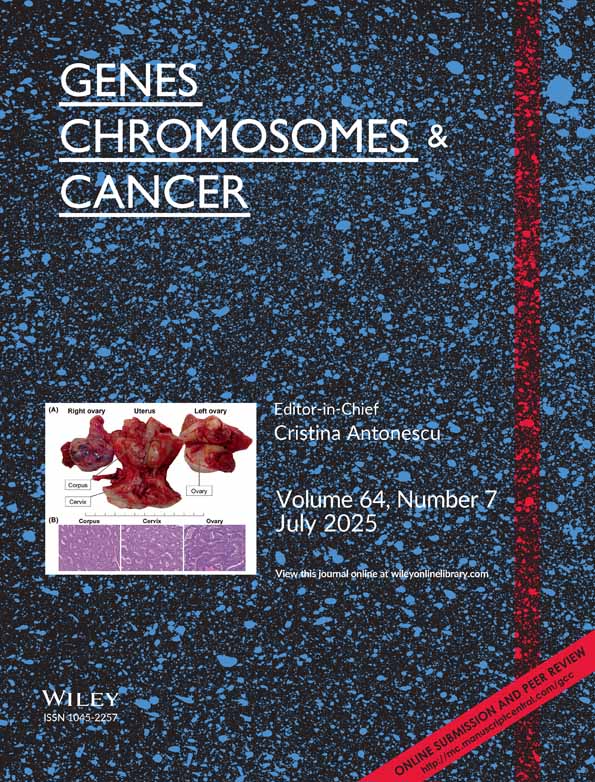U937 cell line has a t(I0;II)(pI3–I4;qI4–2I) rather than a deletion of IIq
Abstract
The U937 cell line was studied with the fluorescence in situ hybridization (FISH) technique using phage and cosmid probes which were mapped and ordered on IIq. Although this cell line was thought to have a del(IIq), FISH demonstrated that IIq was translocated to lop and that the breakpoint on IIq is centromeric to the MLL gene. This I0; II translocation appears to be a t(I0;II)(p I3-I4;q I4–2I), which was recently reported to be a recurring translocation in malignant hematologic disease. This cell line will be a good tool for the study of this chromosomal rearrangement.




